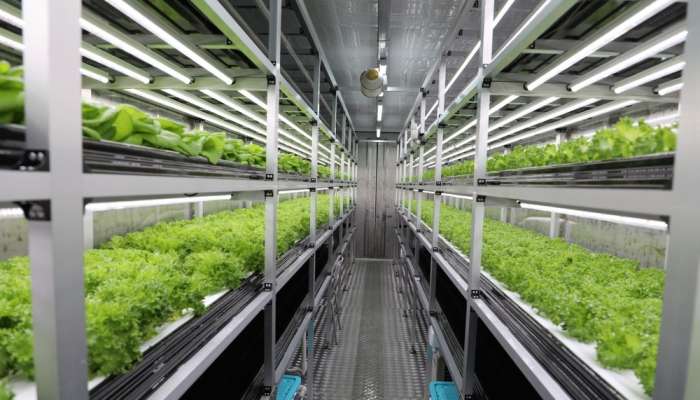
Muscat: The Sultanate of Oman has recently adopted smart agriculture as part of its strategy to achieve food security and preserve natural resources, aligning with the objectives of "Oman Vision 2040” , which aims to modernize and develop the agricultural sector.
Oman has witnessed growing applications of modern agricultural technologies, including protected farming, smart irrigation, and drone usage. However, these applications are still in a phase of gradual expansion, primarily concentrated in research and private sector-supported investment projects.
Eng. Badriya Saif Al-Hosni, Head of the Smart Agriculture Department at the Directorate General of Agricultural and Livestock Research at the Ministry of Agriculture, Fisheries, and Water Resources, stated: "A key feature of the ministry’s strategy to promote technology in agriculture is digital transformation in services, adopting modern techniques to enhance crop productivity, reduce input costs, and empower farmers with smart farming tools."
She added that continuous efforts are being made to balance the preservation of Oman’s agricultural heritage with the adoption of modern farming technologies by integrating innovations into traditional systems. Examples, she said, include conserving local plant varieties through gene banks and improving water distribution in aflaj (traditional irrigation channels) while maintaining their heritage character.
In recent years, Oman has implemented several advanced agricultural technologies, such as soilless farming (hydroponics), integrated aquaculture-agriculture (aquaponics), and precision farming systems that rely on geographic and climatic data analysis to determine irrigation schedules and quantities. Drones have also been deployed for pest control, palm pollination, and crop monitoring, alongside smart irrigation systems using soil moisture sensors. Additionally, solar energy is being encouraged to power farming and greenhouse systems.
Al Hosni noted that the Directorate General of Agricultural and Livestock Research offers specialized training programs for farmers on smart agriculture techniques, including mobile applications for farm management, drone operation, and soilless farming. Pilot field projects are also being implemented to transfer technology and train farmers.
The government allocates annual budgets to support digital transformation in agriculture, partnering with the private sector to expand the use of modern technologies while enhancing the investment environment in this vital sector.
She emphasized that Oman has taken positive steps in adopting smart agriculture, with these technologies being central to the ministry’s strategy for food security and agricultural sustainability. The ministry is integrating digital solutions and modern techniques through research projects and field applications, alongside awareness and training programs for farmers.
Among the key technologies implemented are sensor-based smart irrigation, drones for crop monitoring and pest control, and soilless farming like hydroponics. These innovations contribute to resource efficiency, increased productivity, and improved crop quality.
The ministry is keen on preserving Oman’s agricultural heritage while incorporating modern technologies into traditional systems, such as upgrading aflaj with digital water distribution controls, she added.
Challenges to expanding smart agriculture include disparities in digital infrastructure across governorates, the need to enhance technical awareness among some farmers, and efforts to reduce operational and maintenance costs of these technologies, she pointed out.
Through agricultural financing programs, the government supports small-scale and limited-income farmers, with the Development Bank offering soft loans for equipment purchases. Agricultural cooperatives also enable collective access to these technologies.
Oman is steadily advancing toward establishing smart agriculture as a cornerstone of sustainable agricultural development, striking a careful balance between tradition and modernity in line with societal aspirations while preserving cultural and environmental identity.